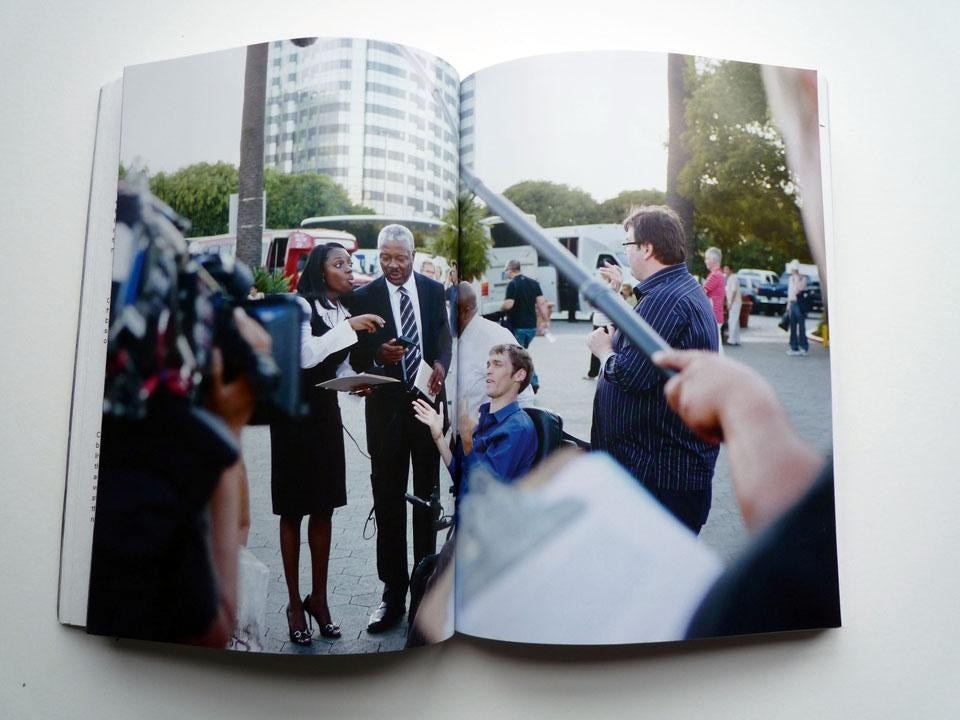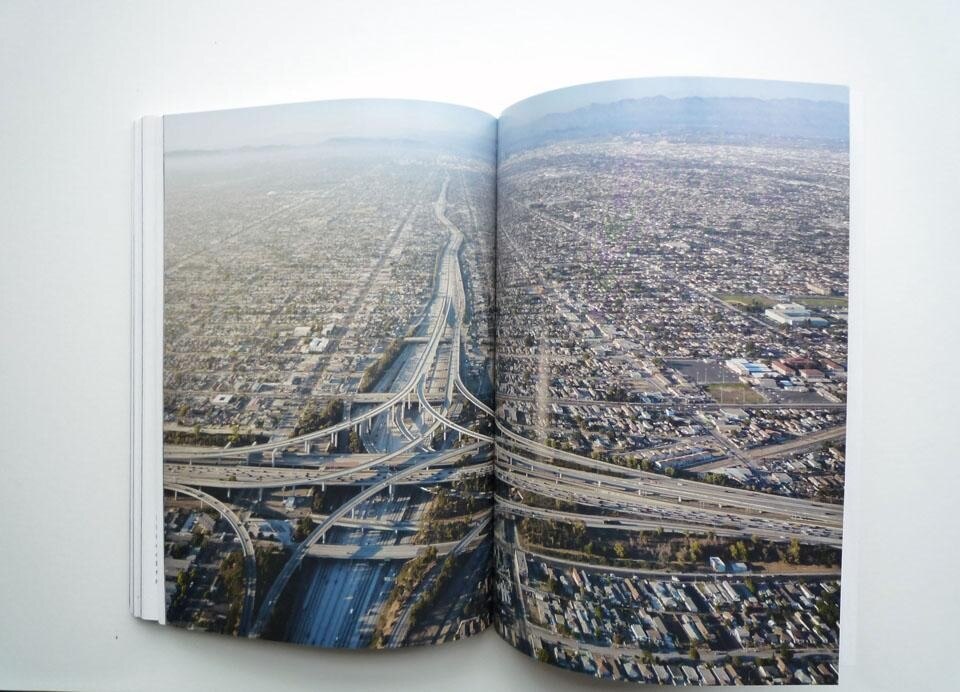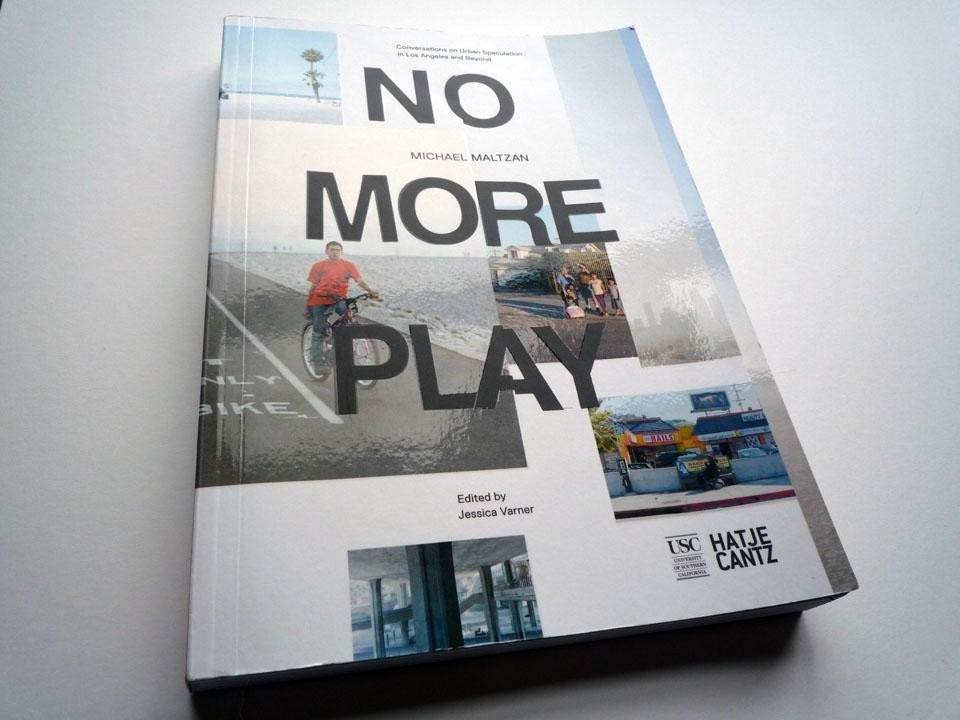Michael Maltzan, edited by Jessica Varner, photographs by Iwan Baan. Hatje Cantz, 2011. (240 Pages, $ 50)
Michael Maltzan believes that Los Angeles has hit a pivotal moment in its growth. In No More Play: Conversations on Urban Speculation in Los Angeles and Beyond, he asserts that the city, which has always tried to expand outward, has reached its geographic borders and must now turn inward to face itself, growing more dense and interconnected. This increased density leads Maltzan to believe that new urban conditions are forming within Los Angeles that do not match the region's history and suggest new models of how the city functions. To survey this condition, Maltzan has assembled a group of contributors ranging from visual artists, architects, and theorists including Catherine Opie, Sarah Whiting, Charles Waldheim, Matthew Coolidge, Geoff Manaugh, Mirko Zardini, Edward Soja, James Flanigan, Charles Jencks and Qingyun Ma charging them with the task to explain LA on its own terms and to present it as a unique urban environment; a city wondering how to move on after the fulfillment of its own manifest destiny.
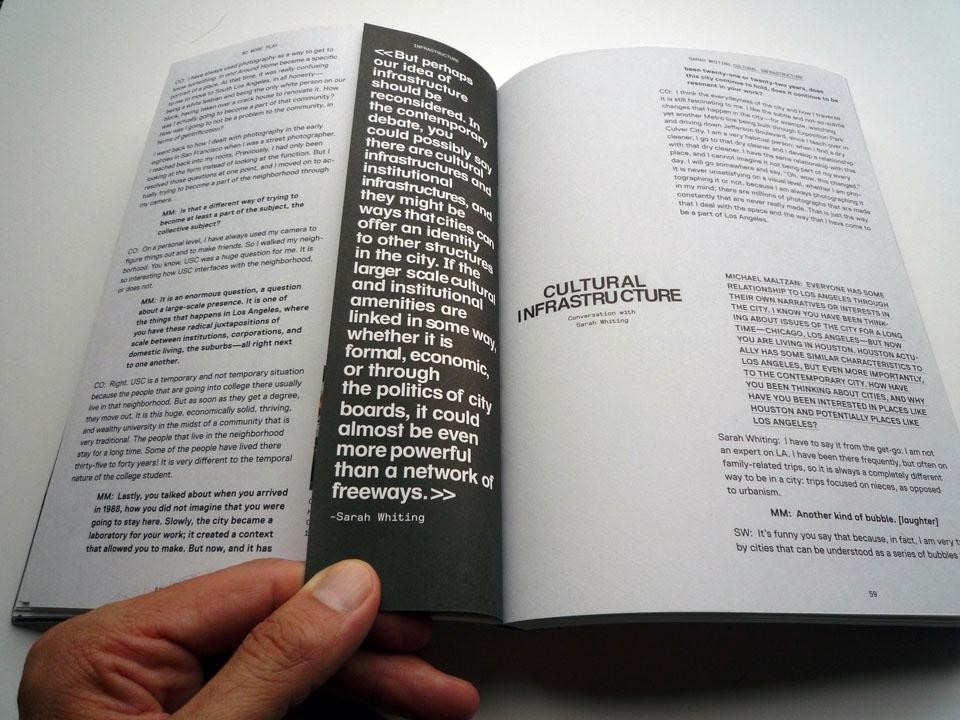
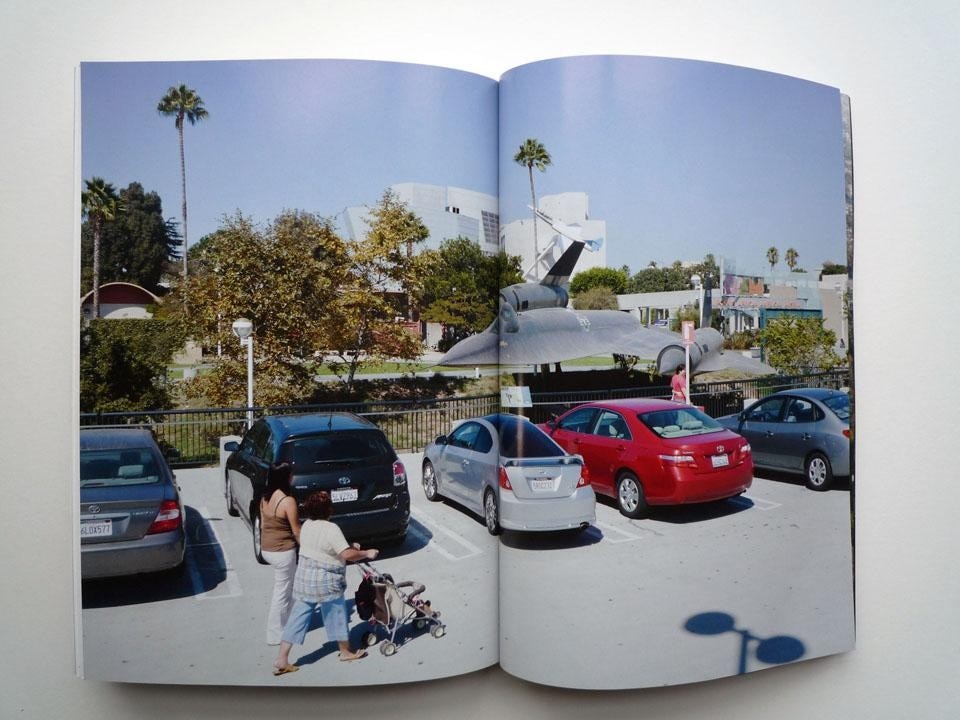
If, as Maltzan's title asserts, there can be no more play it is because the criteria that previously kept a separation between 'serious' urban discussions and more playful 'speculative' ones cannot be maintained.
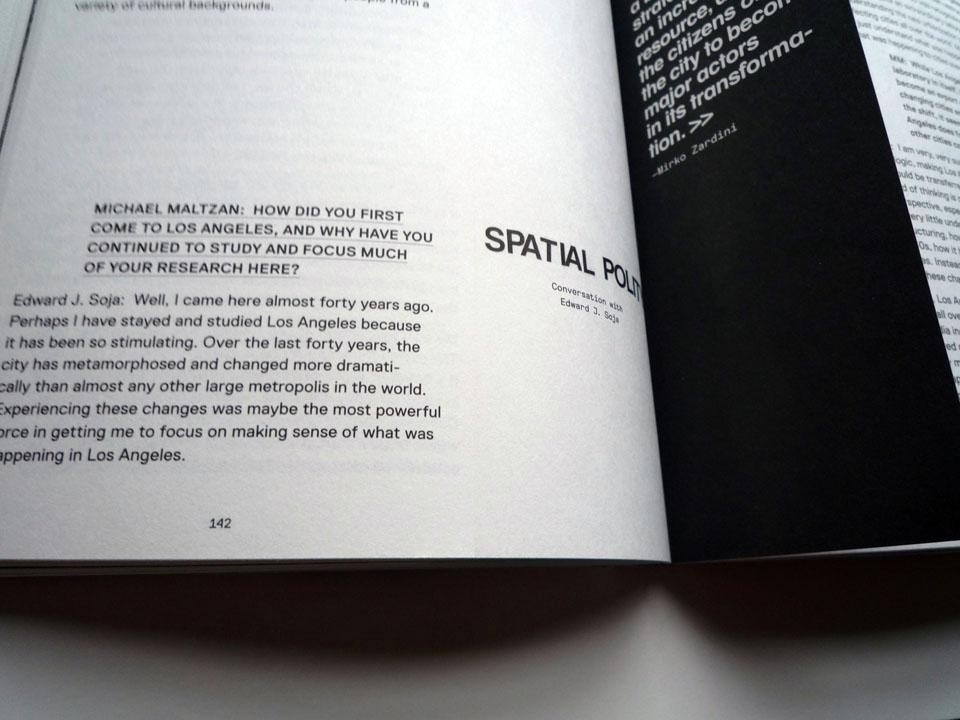
No More Play joins a long list of books that try to dissect the LA condition, but is unique among them because it relies almost exclusively on its contributor's personal opinions. In a culture that strives to be post-critical and ahistorical, anyone can become an automatic authority. And although the contributors of this book are well-known and respected experts in their own fields, the informal nature of the conversations suggest that there is a timely value to blogs and tumblrs and that the opinions they present create are equally important to major studies and analysis, even if they defy criticism.
